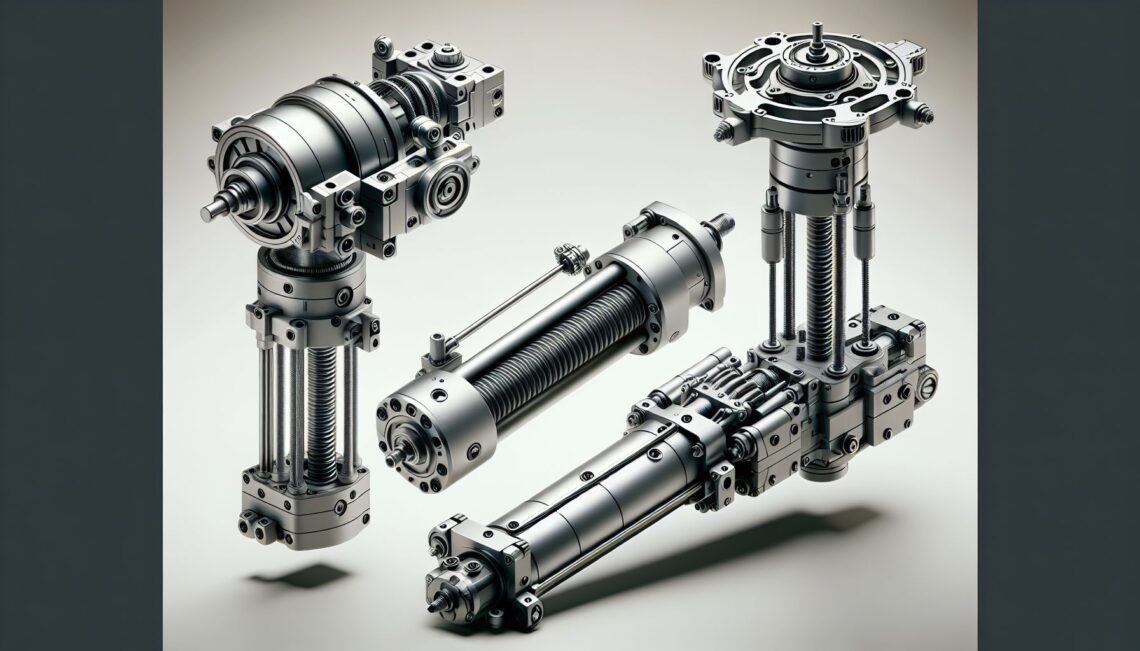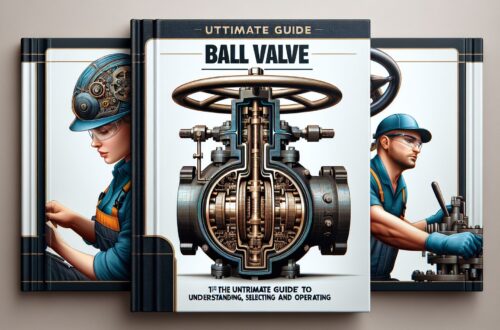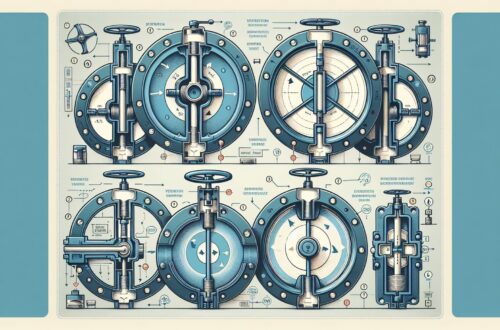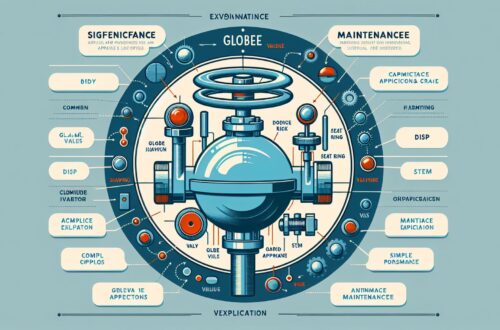
Actuators
An actuator is an all-important aspect of any automated valve system. It’s the device responsible for converting energy into motion and helping to control systems in an array of industries. Right from the simple on/off function control valves found in a home’s heating system to complex automation systems in large industries, the actuator fulfils one of a plethora of roles.
The way an actuator functions and its selection depend heavily on various factors like the type of power available, what role the actuator would need to fulfill, the needs of the specific system, the amount and type of load, among others. In order to better understand the importance and functioning of the actuator, this article walks through all the key aspects.
The Basic Mechanics of Actuators
When it comes to the basics, actuators are a type of transducer. They work by converting energy into motion. The type of motion can be one of several different varieties such as block, clamp, eject, inject, insert, lift/lower, open/close, pull/push, rotate, or slide^[1^].
The two main types of actuators are Linear Actuators and Rotary Actuators. Linear actuators operate by creating motion in a straight line. This is contrasted to Rotary actuators that encapsulate or produce circular movement.
The source of mechanical energy that can be converted to work by an actuator could be either electric current, pneumatic pressure, or hydraulic fluid pressure. By receiving signals and in response, moving or controlling a mechanism or system, an actuator is key for any setup’s automation feature.
Understanding Different Types of Actuators
Actuators are available in different types and shapes, each suitable for specific applications.
Electrical Actuators
These actuators are powered by an electric motor that drives a series of gears which in turn provides rotary motion to the valve. The gears of the actuator help in decreasing the motor speed and increasing the torque^[2^].
Pneumatic Actuators
These actuators’ power source is compressed air. They are employed in a wide array of control valve functions, offering a simple, cost-effective solution with few moving parts. They are practically preferred for most industrial control applications because they offer a powerful, environmentally clean, readily available, and reliable means of actuation^[2^].
Hydraulic Actuators
Such actuators utilise fluid power to do work. While heavy-duty and robust, they offer high force capabilities with the ability to hold a load for an extended amount of time. Hydraulic actuators can also bear a large load and are commonly employed in heavy equipment and off-highway vehicles.
Importance of Actuators
Actuators are significant because they can be used as mechanisms to introduce automated control in a system. They have made a substantial impact on various industries including manufacturing, automotive, and process industries, offering the ability to control an environment without the need for human intervention^[3^].
Key Considerations in Actuator Selection
There are several factors to consider when selecting the appropriate actuator for a valve. These include the valve size, the force needed to actuate the valve, the maximum actuation speed, and how many actuations the valve will need over a given period of time. Also, the material of the actuator should be compatible with the operating environment to ensure longevity and durability.
Input signal type, whether this is pneumatic, electric, or hydraulic is also another key determining factor during equipment selection.
In summary, actuators play a crucial role in a multitude of industries and cover a wide spectrum of applications. Understanding their basics, types, and key considerations can help in making an informed decision during selection for system requirements.
References
- Actuators – Types and Styles, (n.d.), https://www.hydraulic-pneumatic-cylinder.com/actuators.html
- Kevin Patel, (2017, May 30), How Does an Actuator Work? https://www.linkedin.com/pulse/how-does-actuator-work-kevin-patel
- Corp, P. (2013, February 12). The Importance of Actuators. Industrial Product Reports, https://industrialproductreports.com/the-importance-of-actuators/




